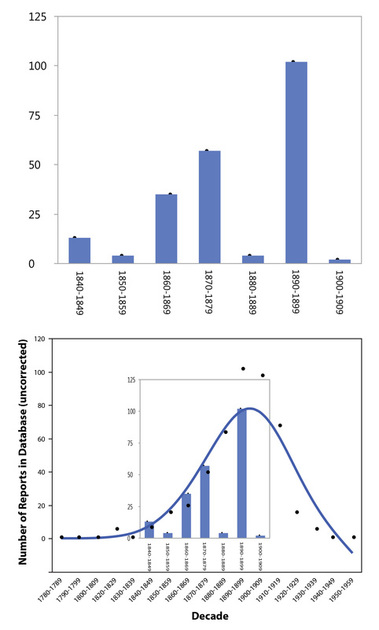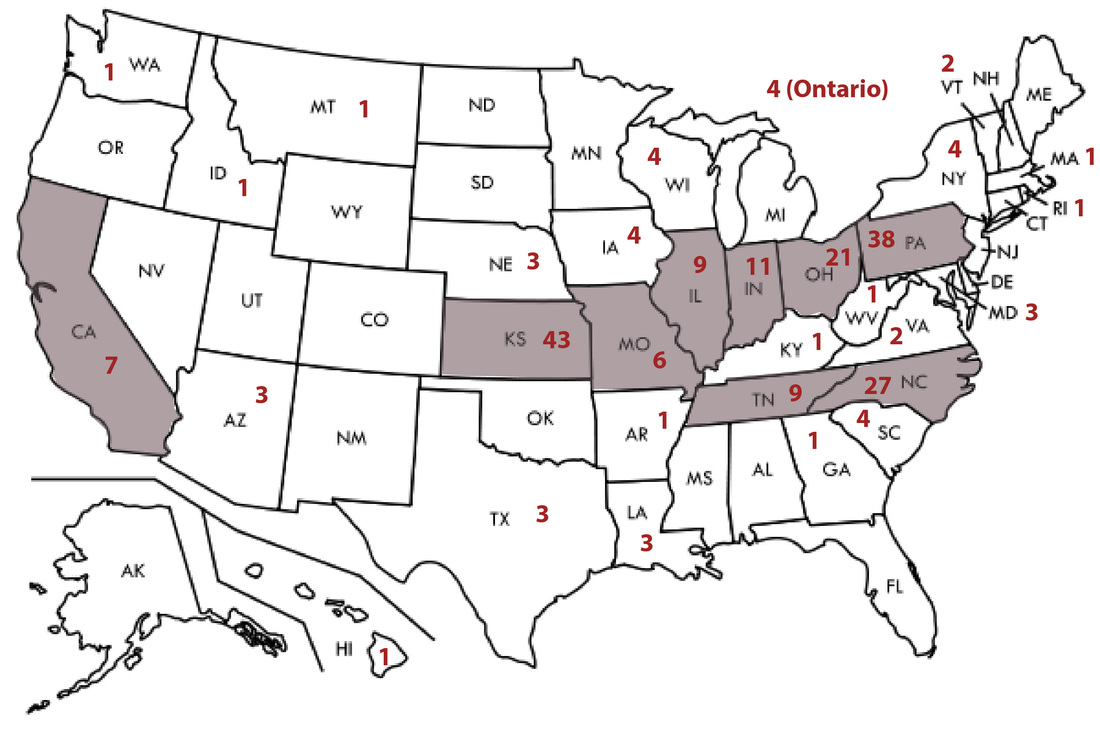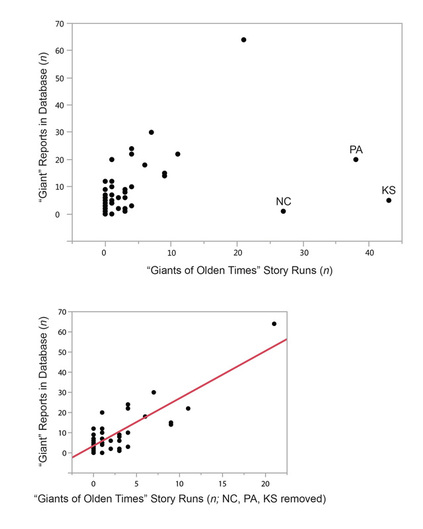The multiple connections between these stories operate on several levels. The piece in The Conversation, written by a professor of media studies at Penn State, had me shaking my head not because it was wrong, but because I'm frustrated that pointing out that 19th century newspapers often fabricated stories to increase circulation rates as insightful. As anyone who follows the history of pseudo-archaeology knows, made-up stories in 19th century newspapers about made-up places, made-up artifacts, and made up giant skeletons are integral to the perpetuation of the tangled mess of 19th century claims about the human past that persist today among "forbidden history" advocates of all stripes (Young Earth Creationists, white supremacists, Atlantis enthusiasts, giantologists, etc.).
It's bizarre that the same crowd that cries "fake news" and "conspiracy" today relies so heavily and so uncritically on newspapers that have been shown to have produced multitudes of fake stories for the purpose of selling copies.
I don't know how many discussions I've had with people on line who say that, unlike now, the media could be trusted back in the 1800's because there was no reason for them to lie.
Did you know, for example, that we discovered life on the moon in 1835?
I think there's a deep parallel between the creation and spread of fake news stories about giant skeletons in the 1800's and the resurgence and re-spread of those same stories now. I suspect that, in both cases, it has something to do with the emergence of new technologies of mass communication (the proliferation of cheap newspapers then, the internet today). Some of the same dynamics are at work in encouraging the publication of fantastic claims and rewarding those that create and spread them.
Which brings me to the second piece: a Listverse article titled "10 Forbidden And Creepy Claims Of Giant Human Skeletons" by Duane Wesley. I'm linking to this dumb article not to increase it's exposure, but so you can see it for yourselves.
Wesley places himself among the world's most gullible people by citing for support, in the first paragraph, the satirical World News Daily Report article that has demonstrated the critical thinking skills of so many believers in giants. He then lists nine well-worn "giant skeleton" reports from late 19th and early 20th century newspapers. For good measure, he throws in as evidence a more recent satirical article (also from the World News Daily Report) about a giant skeleton unearthed in Australia.
And why does Duane Wesley do this to us?
To make a hundred bucks, apparently.
That's how it works, I guess. You go look at other lists of giant skeletons, switch up the order, cite a publication that's one step below The Onion on the credibility scale, send it to Listverse, get your money through PayPal, and go buy some groceries or cat food or whatever you think is a suitable way to spend the money you earned for making America dumber.
Congratulations, Duane: you're part of the problem.






 RSS Feed
RSS Feed
